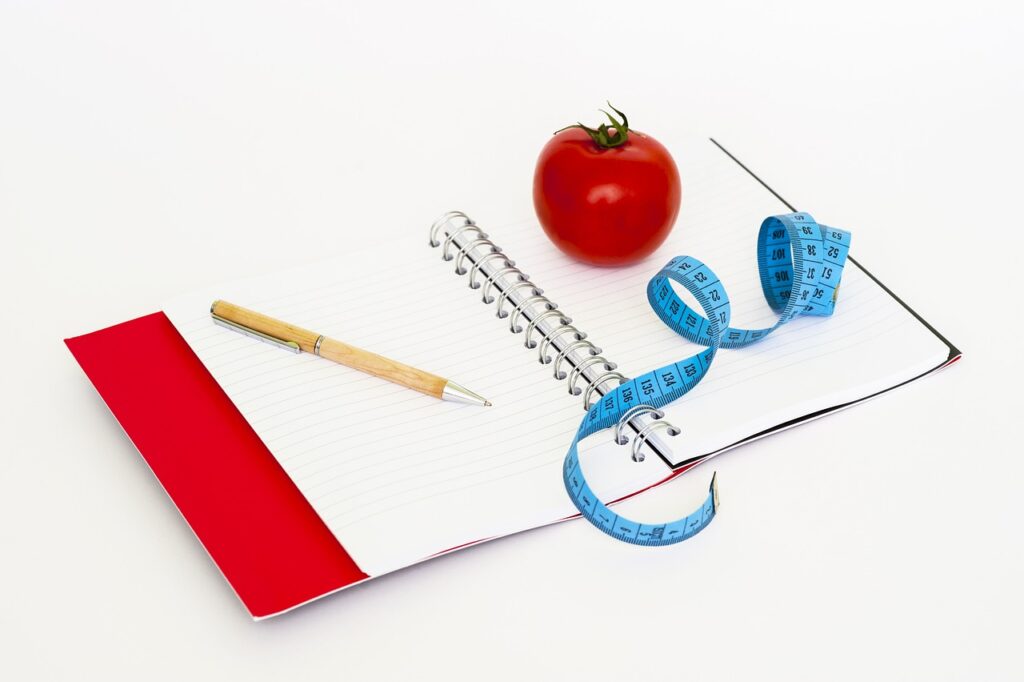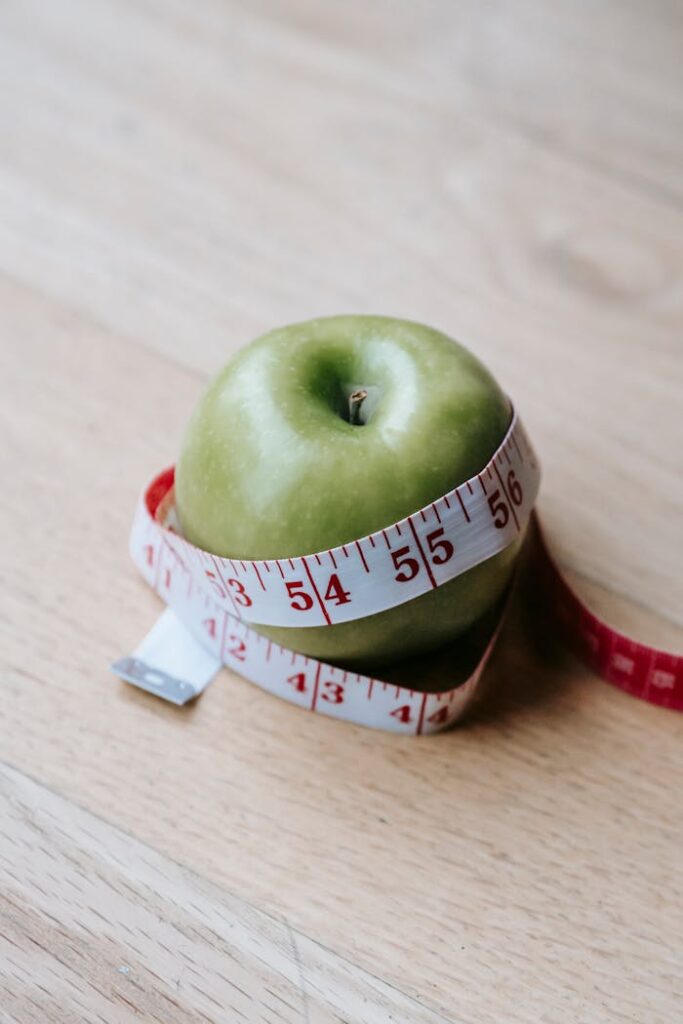Contact Us 720-964-1335 or 901-675-6125
Scale, Inches, Clothes, or Photos: Which Way is Best to Track Weight Loss?”

When starting on a weight loss journey, particularly with the help of GLP-1 weight loss medications, monitoring progress is crucial to staying motivated and achieving your goals. However, with so many ways to track progress—stepping on the scale, measuring inches, assessing how your clothes fit, or taking progress photos—how do you know which method is best? In this blog, we’ll explore the pros and cons of each approach and help you determine the best way to track your weight loss journey.
1. Tracking by Scale Numbers
The most traditional and straightforward way to monitor weight loss is by regularly stepping on the scale.
🎯Pros:
- Instant Feedback: The scale provides immediate, quantifiable feedback on your weight loss progress. Seeing the numbers decrease can be very motivating, especially in the early stages.
- Easy to Use: Scales are widely available and simple to use, making them a convenient option for most people.
⛔Cons:
- Fluctuations: Your weight can fluctuate daily due to factors like water retention, hormonal changes, or muscle gain, which can be discouraging if you’re solely relying on the scale for progress.
- Obsession: Focusing too much on the scale can lead to an unhealthy obsession with numbers rather than overall health. It’s important to remember that weight is just one aspect of your health journey.
👩🏾⚕️Expert Insight: According to Harvard Health Publishing, it’s crucial to understand the difference between weight and body fat. While the scale gives you a number, it doesn’t differentiate between fat and muscle, which is why it’s important to consider other tracking methods.
✔️Best for: Those who thrive on numerical goals and need regular feedback to stay motivated, but it’s important to avoid becoming overly focused on daily fluctuations.
2. Measuring Inches
Measuring your body’s dimensions, such as waist, hips, arms, and thighs, can give you a more comprehensive picture of your progress.
🎯Pros:
- Body Composition: Inches lost often reflect changes in body composition, such as losing fat while maintaining or gaining muscle, which the scale might not show.
- Visible Progress: Even if the scale isn’t moving, you might still be losing inches, which can be more encouraging.
⛔Cons:
- Inconsistent Measurements: Inaccurate measuring techniques or inconsistent measurements can lead to misleading results. It’s important to measure the same areas in the same way each time for the best accuracy.
- Patience Required: Changes in inches might be slower to reflect than changes in scale weight, but this doesn’t mean progress isn’t being made.
👩🏾⚕️Expert Insight: The Cleveland Clinic emphasizes the importance of understanding your body composition. Body measurements are a valuable tool in tracking fat loss versus muscle gain, providing a more accurate picture of your progress than the scale alone.
✔️Best for: Those focused on improving body composition and those who want to see progress that might not be evident on the scale.
3. Assessing How Clothes Fit
Another effective way to monitor your weight loss is by noticing how your clothes fit over time.
🎯Pros:
- Real-Life Application: How your clothes fit is a practical, real-world indicator of weight loss progress. It’s easy to notice when your clothes become looser, which can boost confidence and motivation.
- Self-Esteem Boost: Feeling comfortable and confident in your clothes can provide a significant boost to self-esteem. This method is less about numbers and more about how you feel.
⛔Cons:
- Slow Feedback: Changes in clothing fit might be subtle and slow to manifest, requiring patience and persistence.
- Inconsistency: The fit of clothes can vary depending on fabric, style, and stretchiness, making it less consistent than other methods.
✔️Best for: Those who prefer a more holistic and non-numerical way to measure progress and who are patient with slower, more gradual changes.
4. Taking Progress Photos
Progress photos offer a visual timeline of your weight loss journey and can be incredibly powerful.
🎯Pros:
- Visual Motivation: Photos provide clear, undeniable evidence of your progress, which can be incredibly motivating. Seeing the difference in your body shape over time can keep you motivated when the scale might not.
- Holistic View: Photos capture overall changes in body shape and posture that scales or measurements might miss. They allow you to see the bigger picture of your transformation.
⛔Cons:
- Subjectivity: How you perceive your progress in photos can be subjective, and lighting, angles, and clothing can all affect the outcome. It’s important to take photos in consistent settings for accurate comparisons.
- Patience Required: Like other methods, changes might be subtle and require time before they’re noticeable in photos.
✔️Best for: Those who want a visual record of their progress and who find motivation in seeing the transformation of their body over time.
Which Method Is Best?
The best method to track your weight loss depends on your personal preferences, goals, and mindset. For some, a combination of these methods provides the most comprehensive and motivating approach.
- Combine Scale Numbers with Measurements: Track scale weight alongside body measurements to see the full picture of your progress.
- Pair Clothes Fit with Photos: Notice how your clothes fit and back it up with visual progress through photos to stay motivated even when the scale doesn’t move.
👩🏾⚕️Expert Insight: According to the Mayo Clinic, tracking your progress in multiple ways can help you stay motivated and achieve your weight loss goals more effectively. It’s about finding what works best for you and sticking with it.
At Ample Health and Wellness, we believe in a holistic approach to weight loss. Our coaching services support women over 40 on their GLP-1 journey, helping you track progress in a way that’s encouraging and effective. Whether you prefer scale numbers, inches, clothes fit, or photos, we’re here to guide you every step of the way.
Join Our Newsletter
Sign up for our newsletter to receive tips and insights on weight loss, wellness, and more, delivered straight to your inbox!

About the Author: Written by Dr. Kisha Pickford, DNP, a Nurse Practitioner and Certified Holistic Nutrition Weight Loss Coach at Ample Health & Wellness. She helps women 40+ achieve sustainable weight loss and whole-body wellness.
📚References
Harvard Health Publishing. (2021). “Weight versus body fat: What’s the difference?” https://www.health.harvard.edu
Mayo Clinic. (2020). “Healthy weight loss: A guide to getting started.” https://www.mayoclinic.org
Cleveland Clinic. (2021). “Understanding Your Body Composition.” https://my.clevelandclinic.org
